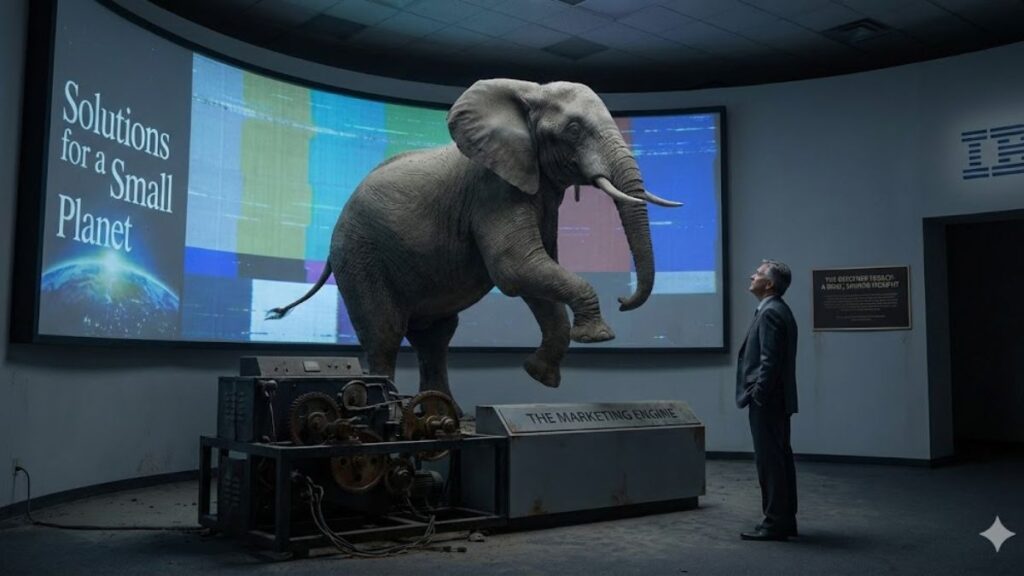I was on a call this month with Cisco about sustainability. Cisco is the most sustainability-focused company I follow because it sets a high bar for both goals and execution. But on this call, we also heard about power over ethernet (PoE) and DC power to replace conventional AC wiring in offices. The ecological advantage is better monitoring and management of the space, but I started thinking about other benefits of having one wire for both power and network connection.
Let’s talk about that a bit more this week.
AC to DC
From a sustainability standpoint, the main benefit of this configuration is that solar and wind generators generally put out DC power, and you lose about 30% of the generated power when you convert from DC to AC. For solar-powered homes and businesses that are on the forefront of energy conservation, DC power makes more sense than AC power. That 30% power loss is huge when you are talking industrial scale because that means you must otherwise install 30% more of those already expensive solar or wind-generating solutions.
The devices we live on are DC and require wasteful additional inverters to convert the AC power into DC power again. This is particularly annoying when you think about the sustainable power you are generating as you lose power once from DC to AC and then again when you convert back to DC for these devices.
DC power is also generally safer to handle than AC. Having worked with both, I’m much more comfortable around DC than AC (I once disintegrated a screwdriver accidentally while installing a power meter). And DC power is what PoE supports.
PoE Everywhere
This is an interesting idea for businesses or homes because the current limit for PoE is 90 Watts, and that is more than adequate for most of our devices and light appliances. LED TVs, for instance, tend to pull around 60 Watts on average. Because the related lines carry both networking traffic and power, it potentially simplifies construction significantly, though there is one problem.
I ran into this problem when I visited one of Cisco’s sites where they had put in smart lighting which used PoE. Unfortunately, the installation caused an electrician’s strike because PoE is installed by techs, not electricians, and the electricians were upset.
But imagine not having to carry a power brick for your smartphone, tablet or PC, just a power data plug and getting securely wired and potentially faster network performance while using your device?
One of the more interesting benefits is that with almost every plug also carrying data, you would be better able to manage power use at scale and do things like dynamically place sensors and smart devices depending on the changing needs of the room. This would be important if, say, the industry was trying to figure out the balance in hybrid work arrangements and the best way to configure collaboration spaces (which are all over the map at the moment).
You could also do interesting things for some types of equipment, like automatically terminating a high power source to the equipment when it is in standby mode. Much of this stuff is binary, so if you wanted to remote-power it on, the high-powered lines need to be active. But should someone cut through those lines or somehow come into contact with a conducting wire, it could be deadly. But with both a high-powered and a lower-powered feed (the latter using PoE), the device could remain active while the high-powered connections powered down.
Wrapping Up: Going Wireless
I’m clearly intrigued with the concept of DC power inside PoE as a way to rethink and combine power and data distribution. The allure of never having to carry around a laptop power supply alone made the concept interesting. Carrying a PoE ethernet cable would be so much easier than carrying a power brick.
But what about the next step? Power and data over a wireless connection? Well, I understand that, too, is coming. Stay tuned.
- The Gerstner Legacy: How Marketing Saved IBM and Why Tech Keeps Forgetting It - January 2, 2026
- The Silicon Manhattan Project: China’s Atomic Gamble for AI Supremacy - December 28, 2025
- A Legacy of Defense: Why HP Stands Alone - December 19, 2025




Comments are closed.